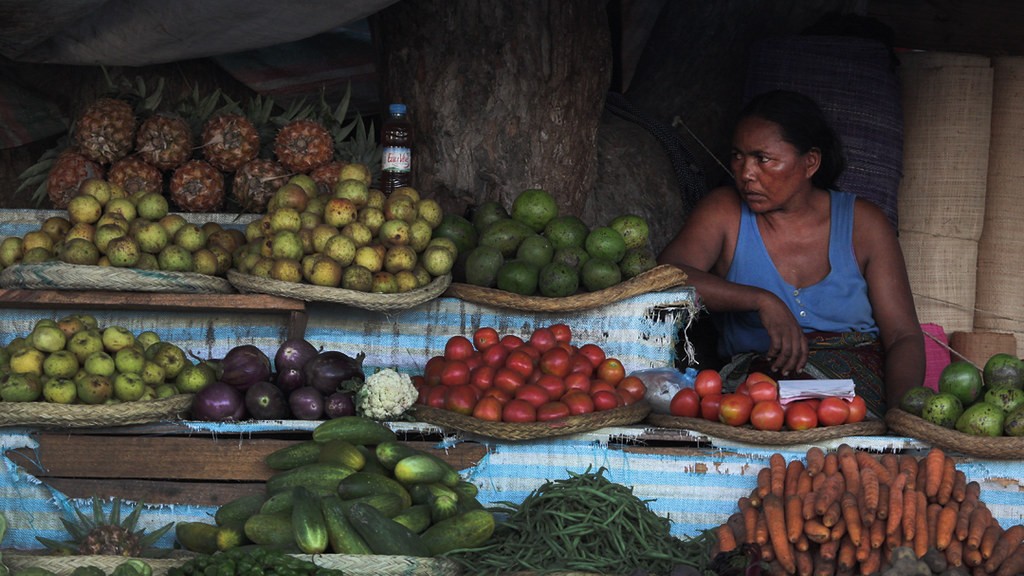Energy Sources in Madagascar
Madagascar, the world’s fourth-largest island, is home to a rich variety of energy sources. Situated off the southeast coast of Africa, this beautiful country is renowned for its unique flora and fauna, but it also possesses significant energy potential. In this article, we will explore the diverse energy sources found in Madagascar, highlighting their importance, challenges, and potential for the future.
Hydropower: A Promising Renewable Energy Source
Madagascar boasts a vast number of rivers and water basins, providing excellent potential for hydropower. Hydroelectric power plants have already been established, with the Antelomita hydroelectric plant being the largest in the country. Despite such progress, there is still room for further development in harnessing the country’s hydroelectric potential, especially in rural areas where electricity access remains limited. Challenges include proper maintenance, financial constraints, and the need for collaboration with local communities.
Solar Energy: Tapping into the Island’s Abundant Sunshine
With its location close to the equator, Madagascar receives abundant sunshine throughout the year, making solar energy a viable source for power generation. The government, together with international organizations, has initiated projects to install solar panels in various regions of the country. These projects not only help the local population gain access to electricity but also reduce dependence on fossil fuels. However, the high initial costs and lack of infrastructure remain obstacles to the widespread adoption of solar energy in Madagascar.
Wind Power: Exploring the Island’s Windy Potential
Madagascar’s coastal areas are exposed to strong and steady trade winds, making them ideal locations for wind power generation. Currently, wind farms exist in the regions of Ambanja and La Perle. Developing wind power has the potential to diversify the country’s energy mix and provide a sustainable source of electricity. Nevertheless, challenges such as the high upfront investment, environmental impact assessments, and grid integration need to be addressed for further expansion.
Biomass: Utilizing Local Resources for Energy
Madagascar is known for its rich agricultural sector, and this offers an opportunity for biomass energy production. Biomass, such as crop residues, animal waste, and forestry by-products, can be converted into biogas and biofuels. As a renewable source, biomass has the advantage of being readily available and can be sustainably managed. However, more awareness, investment, and technology transfers are required to tap into the full potential of biomass energy in Madagascar.
Potential for Oil Exploration: Questioning Environmental Consequences
Madagascar is believed to have significant oil and gas reserves, particularly in the offshore Mozambique Basin. While the discovery of oil may create economic opportunities, it also raises concerns about the potential environmental impact, especially in fragile ecosystems. Balancing energy development with conservation efforts remains a challenge for the Malagasy government to ensure the sustainable use of resources while minimizing the potential negative consequences.
Importance of Energy Access in Rural Areas
Energy access in rural areas of Madagascar is limited, with approximately 84% lacking electricity access. This hinders socioeconomic development and exacerbates inequality. Clean and affordable energy sources can bring significant improvements in healthcare, education, and economic opportunities. It is crucial for the government and international partners to prioritize extending energy access and investing in renewable energy solutions to alleviate poverty and promote sustainable development.
Potential for Foreign Investment in Madagascar’s Energy Sector
The development of Madagascar’s energy sector presents attractive opportunities for foreign investment. The government has implemented policies to encourage partnerships with international companies and promote private sector involvement. Investing in the country’s energy infrastructure not only contributes to national development but also supports efforts to reduce greenhouse gas emissions and combat climate change. However, ensuring a balance between foreign investments and safeguarding national interests is a critical aspect to consider.
Conclusion
Madagascar possesses a wealth of diverse energy sources, from hydropower and solar energy to wind power and biomass. While the country has made considerable progress in adopting renewable energy solutions and extending electricity access, there are still challenges to overcome for widespread adoption. The government, in collaboration with international partners and private investments, must continue to prioritize sustainable energy development and focus on addressing barriers to reach its true energy potential.


